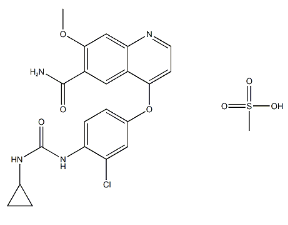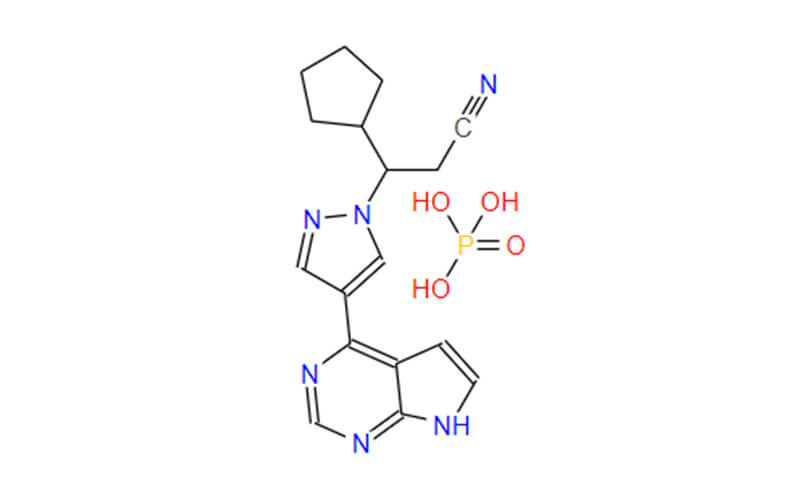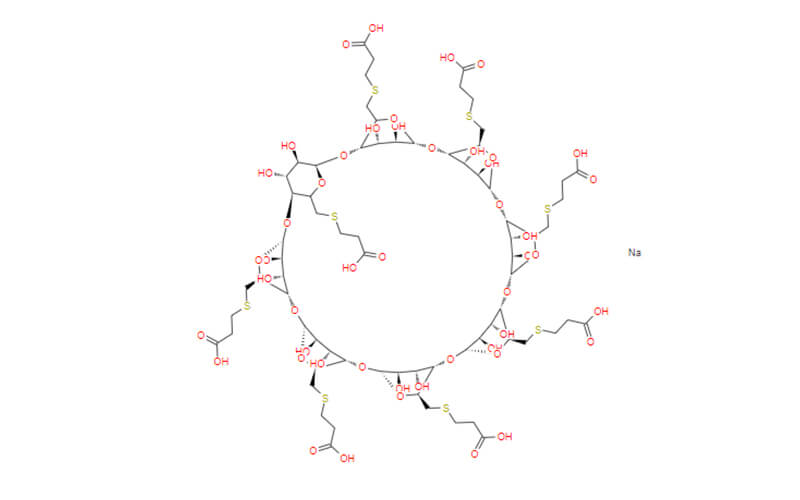How API Drugs Be Classified?
The pharmaceutical industry is constantly evolving, with new drugs being developed to address various medical conditions. At the heart of these medications are Active Pharmaceutical Ingredients (APIs), crucial components that confer therapeutic effects. Understanding how API drugs are classified is essential for both researchers and healthcare professionals. This article explores the intricate process of classifying API drugs and sheds light on the criteria, regulations, and recent trends shaping this dynamic field.

Classification Criteria of API Drugs
The classification of API drugs is a nuanced process that involves various criteria. Here we will delve into the key classification criteria, exploring the influence of chemical structure, therapeutic use, mode of action, and source.
1. Chemical Structure
Influence of Chemical Structure on Classification:
The molecular architecture of an API is a pivotal determinant in its classification. The arrangement of atoms, functional groups, and overall structure profoundly influences the drug’s physicochemical properties, behavior, and interactions within biological systems. Researchers keenly examine these structural nuances to categorize APIs based on their unique characteristics.
Examples of Different Chemical Classes of API Drugs:
The rich tapestry of API drugs unfolds across various chemical classes, each characterized by distinct structural features. From simple organic compounds to complex macromolecules, examples abound in classes such as alkaloids, steroids, peptides, and more. This diversity showcases the versatility of APIs and underscores the importance of understanding their chemical classes in drug development.
2. Therapeutic Use
Classification Based on Medical Conditions Treated:
At the heart of API drug classification lies the therapeutic use criterion. APIs are categorized based on the specific medical conditions they are designed to address. This systematic approach enables healthcare professionals to tailor treatments to the precise needs of patients, ensuring targeted and effective interventions.
Showcase of APIs Classified by Therapeutic Use:
Embark on a journey through the therapeutic landscape as we showcase APIs classified by their intended medical applications. Antibiotics combat infections, analgesics alleviate pain, and antihypertensives manage blood pressure – each category reflects a unique therapeutic focus, highlighting the diversity of pharmaceutical interventions.

3. Mode of Action
Impact of Mode of Action on Classification:
The mode of action of an API serves as a key determinant in its classification. Whether an API acts as an agonist, antagonist, enzyme inhibitor, or modulator dictates its role in biological processes. This classification not only provides insights into the mechanism of therapeutic action but also guides researchers in predicting potential side effects and optimizing treatment strategies.
Examples of API Drugs Categorized by Mode of Action:
Peer into the intricate world of molecular interactions with concrete examples of API drugs categorized by their mode of action. From receptor-based interactions influencing cell signaling to enzymatic modulation altering biochemical pathways, these examples offer a nuanced understanding of how APIs exert their therapeutic effects at the molecular level.
4. Source
Classification Based on Synthetic or Natural Origin:
The origin of an API, whether derived from natural sources or synthesized in a laboratory, holds significant weight in its classification. Natural APIs, sourced from plants, animals, or microorganisms, offer complexity and diversity, while synthetic APIs provide control over properties and production processes. This classification delves into extraction methods, sustainability considerations, and potential variations in natural sources.
Pros and Cons of Synthetic vs. Natural APIs:
Navigate the nuanced landscape of synthetic and natural APIs by exploring their respective advantages and drawbacks. While synthetic APIs offer consistency, scalability, and controlled production, natural APIs bring complexity, diversity, and potential challenges in sourcing and variability. Understanding these nuances is crucial for informed decision-making in the drug development process.

Regulatory Classification of API Drugs
Regulatory bodies play a pivotal role in ensuring the safety, efficacy, and quality of pharmaceutical products. The classification of API drugs from a regulatory standpoint involves adherence to specific guidelines and standards:
- International Harmonization:
Many countries strive for international harmonization of drug regulations. Organizations like the International Council for Harmonisation of Technical Requirements for Pharmaceuticals for Human Use (ICH) provide guidelines to achieve global consistency in drug development and registration.
- Controlled Substances:
Certain APIs are classified as controlled substances due to their potential for abuse or dependency. Regulatory bodies, such as the U.S. Drug Enforcement Administration (DEA), categorize these substances into schedules based on their abuse potential and accepted medical use.
- Quality Standards:
Regulatory authorities set stringent quality standards for APIs. Compliance with Good Manufacturing Practice (GMP) ensures that APIs are consistently produced and meet required quality, purity, and strength standards.
Conclusion
drug API manufacturer compliance with market regulations is imperative for the pharmaceutical industry, as it guarantees the safety and quality of pharmaceuticals reaching consumers. Adherence to stringent guidelines not only safeguards patient well-being by preventing the distribution of substandard drugs but also fosters trust in the industry. Additionally, we should not overlook the importance of generic drug APIs lies in their role in providing cost-effective alternatives, promoting market competition, and contributing to global health initiatives. These interconnected aspects collectively shape a responsible and reliable pharmaceutical landscape, prioritizing patient safety and accessibility.








